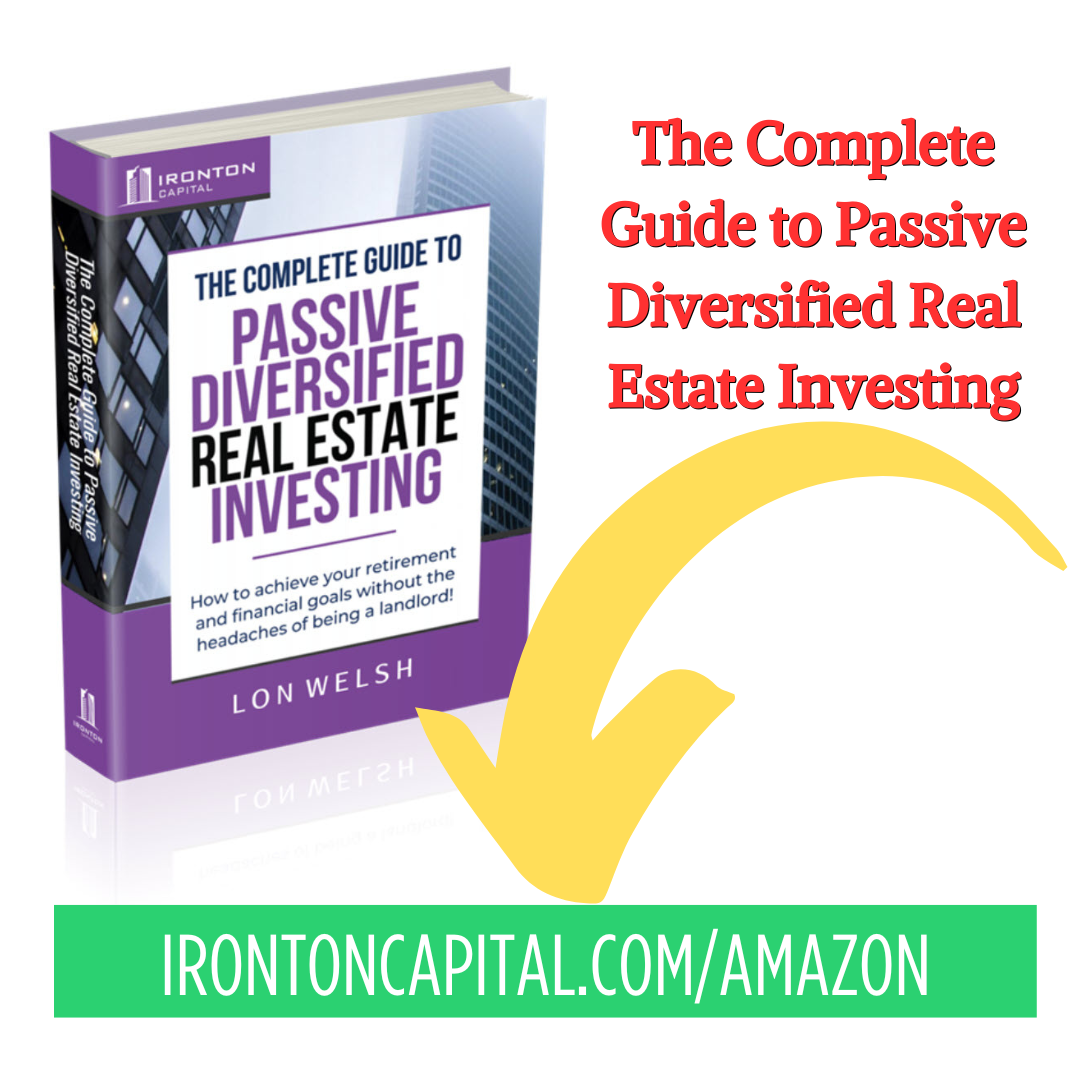You’re ready to get started with private equity funds, but did you know there are multiple ways to fund the investments? Let’s look at two of our favorites at Ironton Capital. And as always, talk to your CPA and financial advisors before you move forward on any investment.
Should I Use Cash?
For many investors, cash is the easiest way to invest passively. The long-term investment funds like Ironton’s National Diversified Funds (NDFs) are optimized to deliver mostly capital gains, and minimize the amount distributed as ordinary income. For most investors, this is best for their tax situation.
Using cash may give you the opportunity to use depreciation to offset some of your passive gains. (We’ll go over this in more detail later.)
If you need income, our Short Term Income fund (STI) is structured as a REIT (Real Estate Investment Trust). For most investors, REITs are taxed at a lower rate than their marginal income rate. The higher your tax bracket, the more the potential savings.
Check with your CPA to discover if this can help your family.
Should I Unlock My Home Equity?
If your primary residence or vacation home has a lot of equity, you might be able to use a HELOC (home equity line of credit) or some other type of second mortgage to access your equity. If you can borrow at 5-7% and invest at 17%+, you will create a lot of wealth over time.
Here’s a greatly simplified example:
Imagine you borrow at 7%, and your bank allows you to let the balance increase over time vs. making payments. That’s an oversimplification, but it’ll get us started. If you borrowed $100,000, your debt would grow to $197,000 over a decade.
If you invested that $100,000 in the NDF (National Diversified Fund), our goal is to deliver 17-20% annual returns. Over a decade, a $100,000 investment at a 17% return could grow to $481,000. That’s a $284,000 pre-tax profit, net of your HELOC cost. Of course, past performance is not a predictor of future results.
Note that some, or perhaps all, of your HELOC interest might be deductible, potentially against your ordinary income in a high tax bracket. Those deductions might occur each year, as a near-term benefit (talk to your CPA).
On the other hand, most of the NDF profit would be taxed as a long-term capital gain. For most of our readers, that will be a lower tax rate, and the gain will come near the end of the life of the investment. Talk to your CPA, but the after-tax impact could be better than these pre-tax numbers suggest.
Be aware that the NDFs are not liquid. You can’t access your investment like you could with a stock mutual fund. IF you need liquidity, you might invest instead in the STI or our Medium Term Income Fund (MTI). It has much more liquidity than NDFs. It could return 12% per year and grow to $311,000 in value over a decade. In this example, you would keep $114,000 net of your HELOC cost.
Note these are not guarantees, and actual investment performance may be different. We are not financial advisors, so please consider these with your CPA and other team members.
Let’s look at a slightly more detailed example. Let’s imagine you borrow on your HELOC and must make a payment each year. You use the quarterly dividends from the MTI fund to make that interest payment, and you re-invest the extra proceeds, so the balance grows over time.
This approach generates a total return of nearly $188,000 on your $100,000 that you borrowed. After you pay back the $100,000 loan, you have nearly $88,000 left over.
If mortgage interest rates are relatively high, that may reduce returns. Even so, this approach can make a lot of sense for many investors. When rates are in decline, this strategy is even more attractive!
If you would like to talk to one of our Investor Relations team about how these scenarios might work for you, so you can investigate it further with your CPA, then go to https://irontoncapital.com/myreview

